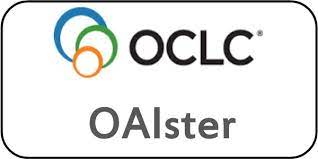I-Gel versus Proseal Laryngeal Mask Airway in Pediatric Airway Management: A Comparative Study
Keywords:
Supraglottic airways, I-Gel, PLMA,, pediatric patientAbstract
Aim: To compare the insertion characteristics of supraglottic airway devices I-Gel and Proseal laryngeal mask airway
(PLMA) in pediatric airway management during elective surgeries under general anesthesia. Methodology: This prospective
randomized comparative study was conducted in 60 pediatric patients divided into two groups of 30 each (Group I and
Group P), aged 1 to 5 years and belonging to American Society of Anesthesiologists (ASA) Class 1 and 2 posted for elective
surgeries under general anesthesia. In Group I, I-Gel was used and in Group P, PLMA was used. The primary outcome of the
study was to assess proper placement of airway devices with adequate oropharyngeal sealing and the secondary outcomes
were time taken for insertion, ease of insertion, number of attempts, hemodynamic changes associated with insertion of
the device, ease of gastric tube passage and complications. Statistical analysis was done by SPSS version 25. Quantitative
variables were analyzed through independent sample t-test and categorical variables were analyzed by Chi-square test.
P value <0.05 was taken as statistically significant. Results: The demographic data, insertion time and number of attempts
were comparable in both the groups. Placement of I-Gel was better in comparison with that of PLMA and was statistically
significant (p - 0.010). Conclusion: I-Gel is a better supraglottic airway device when compared to PLMA in terms of ease of
insertion and proper placement and there are no significant hemodynamic changes with insertion of both devices.
Downloads
Published
Issue
Section
License
All open access articles published in IJCP are distributed under the terms of the CC BY-NC 4.0 license (Creative Commons Attribution-Non-Commercial 4.0 International Public License). This license permits unrestricted use, distribution, and reproduction of the articles in any medium for non-commercial purposes, provided that: The original authorship is properly and fully attributed. The IJCP is cited as the original place of publication with correct citation details. If an original work is reproduced or disseminated in part or as a derivative work, this must be clearly indicated. No articles are reproduced for commercial use without prior consent from the IJCP. All licensing requests and permissions for commercial use will be managed by the Publisher.










